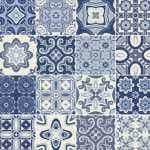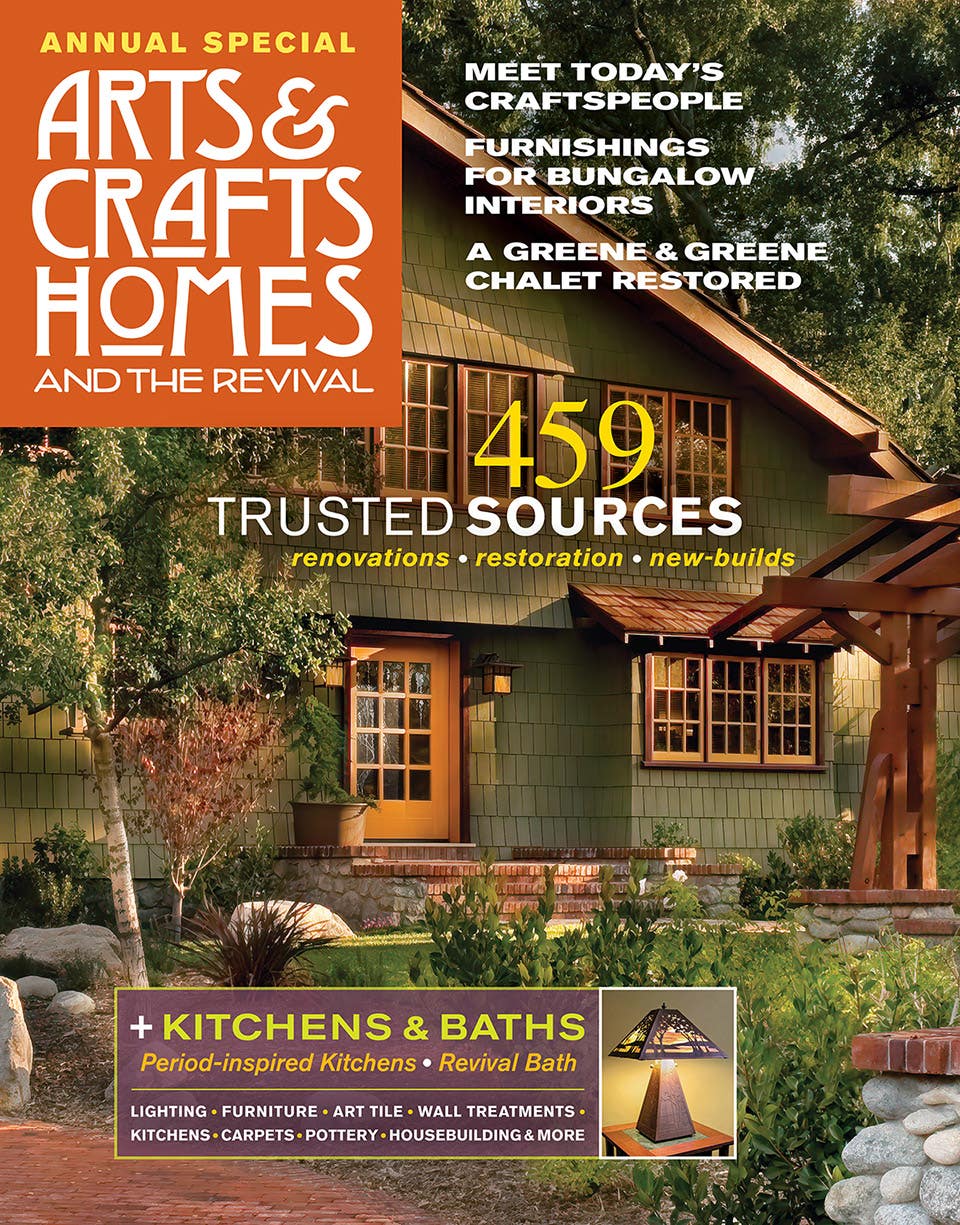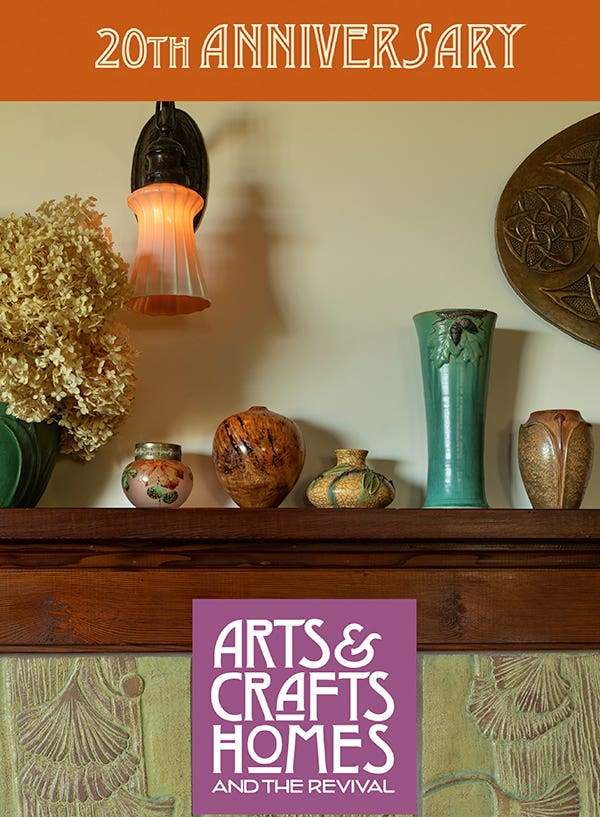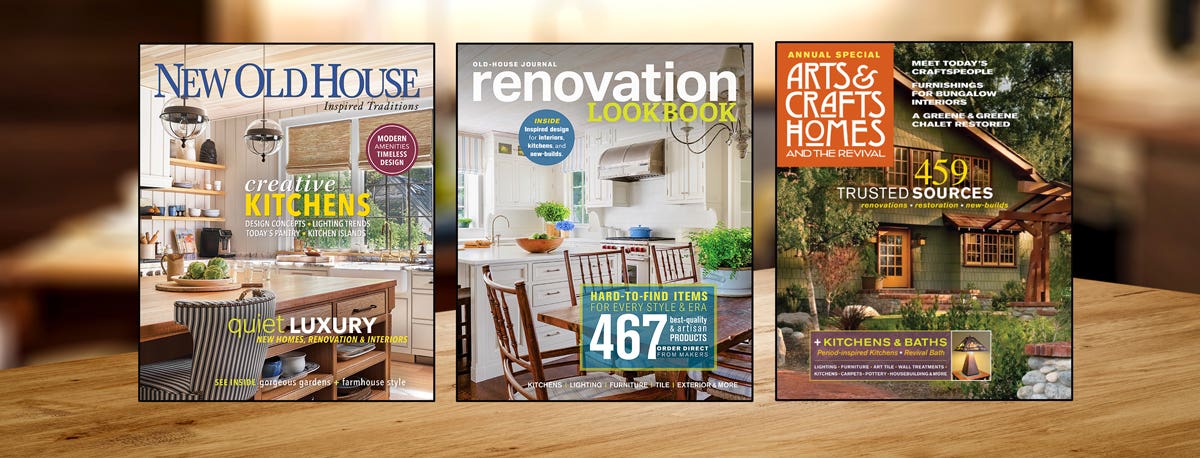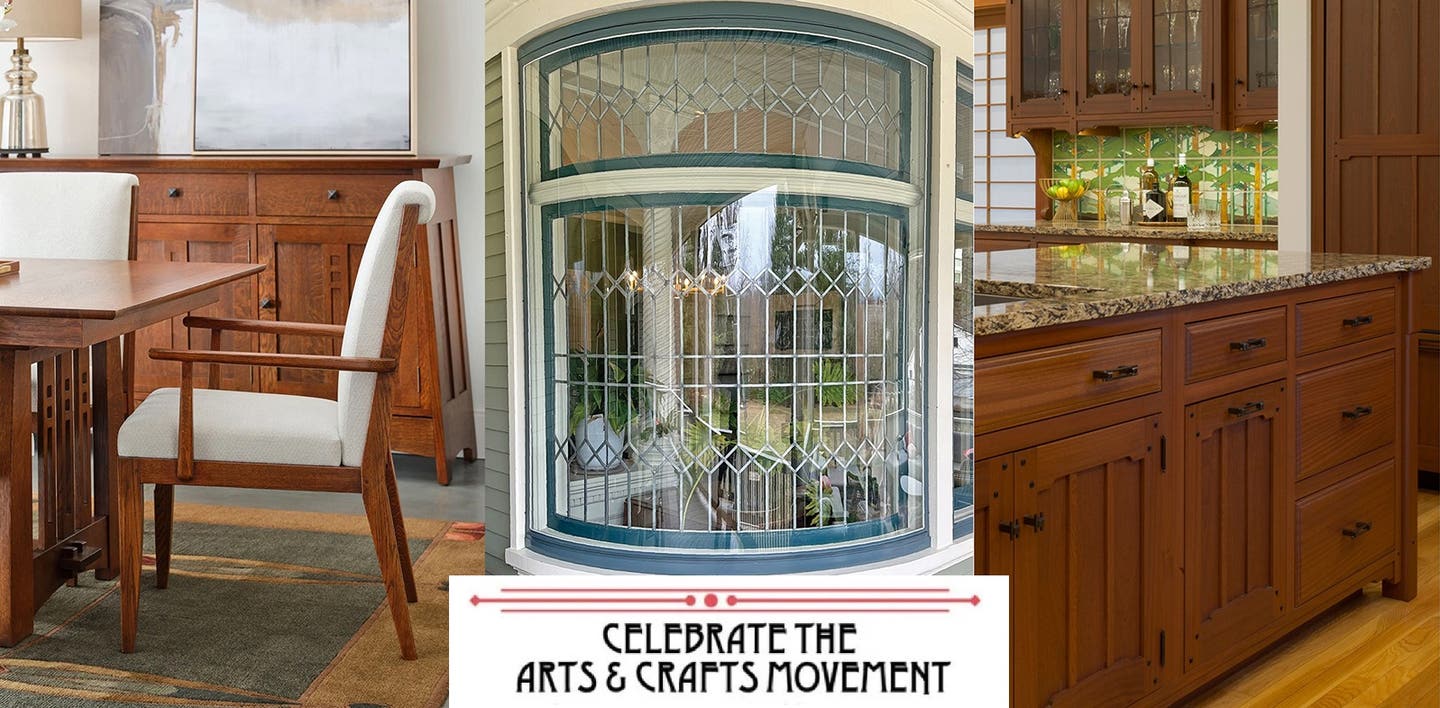Living Arts & Crafts
My teenage son came back from a school trip last June announcing that he wanted to be a blacksmith. Astonished by the plasticity of hot iron, Peter had made a wall hook. It is sculptural and quite nice.
A Note from the Editor:
My teenage son came back from a school trip last June announcing that he wanted to be a blacksmith. Astonished by the plasticity of hot iron, Peter had made a wall hook. It is sculptural and quite nice.
Peter had been away for two weeks in the Blue Ridge Mountains of North Carolina. An important layover was at the Penland School of Crafts, a creative education center dating back to the 1920s, which offers concentrated workshops in books and paper, clay, drawing, glass, iron, metals, photography, printmaking and letterpress, textiles, and wood arts.
Later in the summer, when he and I visited relatives in New Jersey, I took him out to the rural area around the Delaware Water Gap, where I used to live. We saw the Lakota Wolf Preserve and also drove north to visit Peter’s Valley, another craft center. Then I came back to work and finished an article about the living, breathing Roycrofters. I’ve said it before: The Arts & Crafts Movement is not just historic, and not just a look. It is an ongoing movement that involves personal choices about creativity and lifestyle, both for the practitioners of craft and for their patrons.
It has been astonishing for me to see the revival not only of work in wood and ceramics—the furniture and pottery so associated with the Arts & Crafts movement and its revival—but also in metal. Such objects of utility as chandeliers, fireplace screens, stove hoods, signposts, platters, and hardware are objects of art, as well, for the home.
Patricia Poore,Editor
ppoore@homebuyerpubs.com
10 Harbor Rd., Gloucester, MA 01930
Patricia Poore is Editor-in-chief of Old House Journal and Arts & Crafts Homes, as well as editorial director at Active Interest Media’s Home Group, overseeing New Old House, Traditional Building, and special-interest publications.
Poore joined Old House Journal when it was a Brooklyn-brownstoner newsletter in the late 1970s. She became owner and publisher and, except for the years 2002–2013, has been its editor. Poore founded the magazines Old-House Interiors (1995–2013) and Early Homes (2004–2017); their content is now available online and folded into Old-House Journal’s wider coverage. Poore also created GARBAGE magazine (1989–1994), the first unaffiliated environmental consumer magazine.
Poore has participated, hands-on, in several restorations, including her own homes: a 1911 brownstone in Park Slope, Brooklyn, and a 1904 Tudor–Shingle Style house in Gloucester, Massachusetts, where she brought up her boys and their wonderful dogs.
